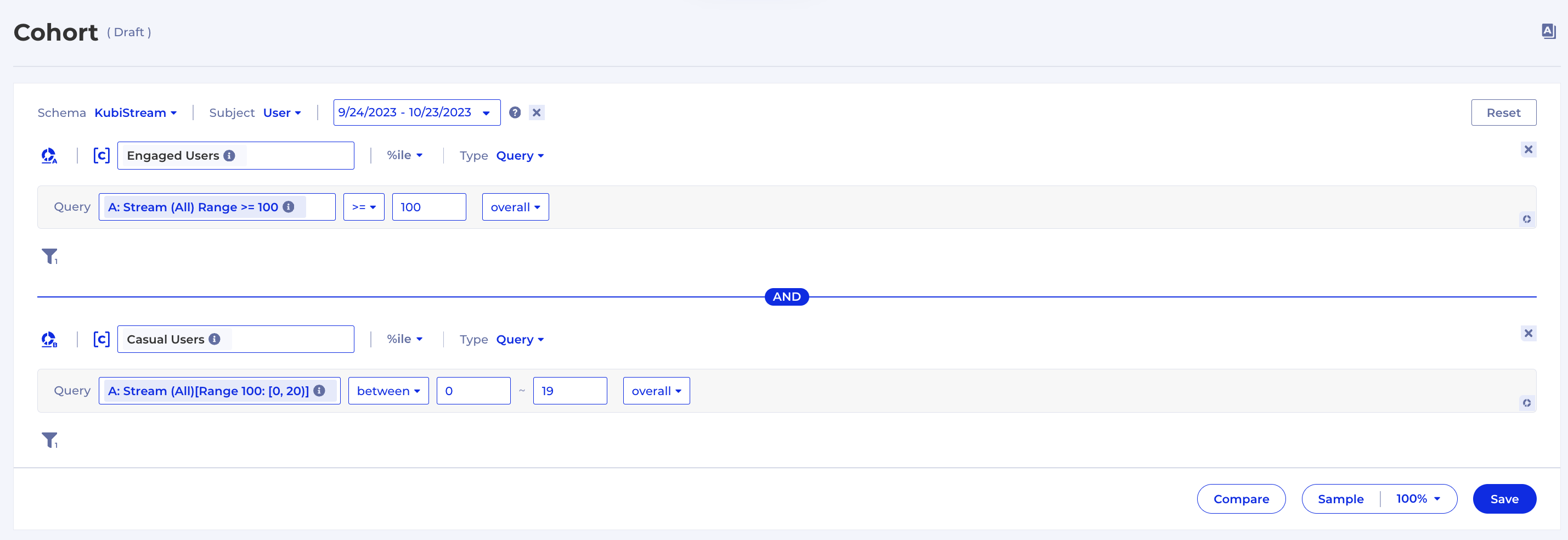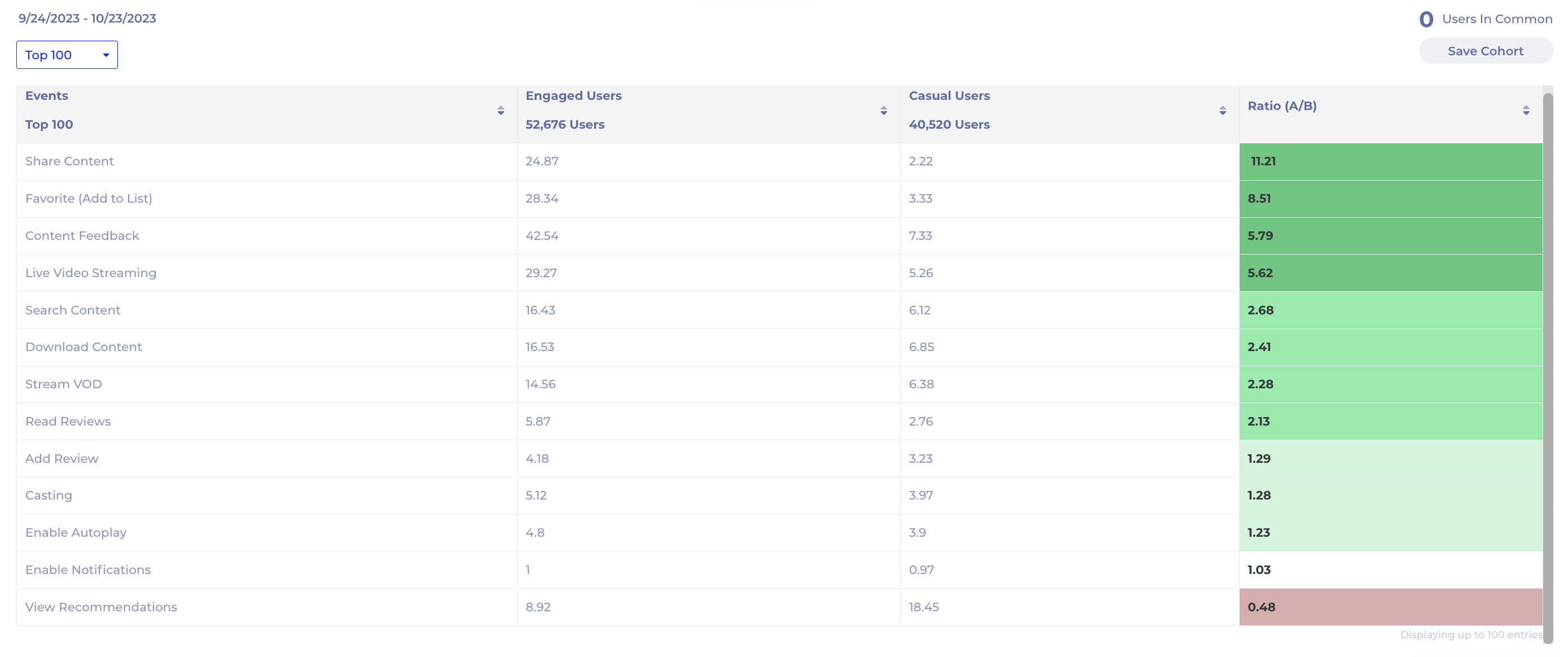In today’s fast-paced world, comparison has become an integral part of our daily lives. Whether you are comparing the prices of groceries, the cost of gas, or insurance quotes, the act of comparing is an inherent aspect of human nature and social interaction. In fact, studies suggest that approximately 12% of our daily thoughts are dedicated to comparisons alone*. As product managers, engineers, analysts, and marketers, our inquisitive nature drives us to explore the power of comparison to gain valuable insights. In this blog, we will delve into the significance of comparing, with a focus on comparing different cohorts or segments of users, and how it can benefit you and your product.
The Value of Comparing
Comparing and contrasting isn’t merely a mental exercise; it’s a valuable tool for understanding the world around us. When we compare, we analyze the similarities and differences between different entities, which, in turn, helps us to generalize, categorize, sort, evaluate, and comprehend new information. In the realm of product analytics, this becomes particularly crucial. Let’s take a closer look at how comparing segments of users can be applied to different product scenarios:
Engaged Users vs. Casual Users. Comparing the behavior of engaged users (those who use the product frequently) with casual users (those who use it infrequently) can provide valuable insights. Understanding the differences in their interactions with the product can guide feature development and marketing strategies.
Churn Analysis. Comparing cohorts of customers who have churned (stopped using a product or service) with those who remain active can help identify common characteristics or behaviors among churned users. This information can be used to implement retention strategies.
A/B Testing. In digital marketing, A/B testing is a common practice. By comparing cohorts of users subjected to different variations of a marketing campaign or product design, you can determine which approach is more effective.
Product Launches. When introducing a new product or feature, comparing the responses of different cohorts of users can help you understand which segments are most receptive. This knowledge can shape your future product development and marketing efforts.
Enhance the User Experience with Seamless Cohort Comparison
Kubit is designed to empower end users by simplifying the process of comparing cohort behaviors, providing an unparalleled advantage in the world of product analytics. We prioritize this essential feature, integrating it into the user experience, while many other analytics solutions either lack it or bury it within complex navigation layers.
When creating Cohorts of users it often becomes valuable to understand what events users from one Cohort are doing more or less frequently than another Cohort. We streamlined this process allowing you to easily compare the Average Events per user across multiple cohorts. Here’s how Kubit revolutionized cohort comparison:
User-Centric Design. We put the end user first. Kubit’s intuitive interface ensures that comparing cohort behaviors is not a daunting task. It’s as simple as selecting your cohorts and hitting ‘Compare’.

Effortless Side-by-Side Comparison. Gone are the days of endless clicks and complex procedures. Kubit allows you to effortlessly place cohort behaviors side by side, making it easy to spot differences and opportunities. As you can see from the below chart, during a one-month period, Engaged Users are 11 times more likely to “Share Content” than Casual Users. These findings reveal a significant correlation between “Share Content” and user engagement behavior.

Furthermore, Kubit offers the benefits of enhanced transparency, enabling clear visual cohort behavior representations for informed decision-making, rapid comparisons, efficient workflows, and increased productivity.
Take It for a Ride
In your role as a product manager, engineer, analyst, or marketer, you are naturally curious and driven to explore new avenues for success. The Cohort Comparison feature available in Kubit is your vehicle to unlock valuable insights. If you’re interested in learning more about Kubit’s cohort comparison feature or need assistance in leveraging this feature to its full potential, please reach out to our team.
*Amy Summerville, Dare to Compare: Fact-Based versus Simulation-Based Comparison in Daily Life. Journal of Experimental Social Psychology, Volume 44, Issue3, May 2008; 664-671.



